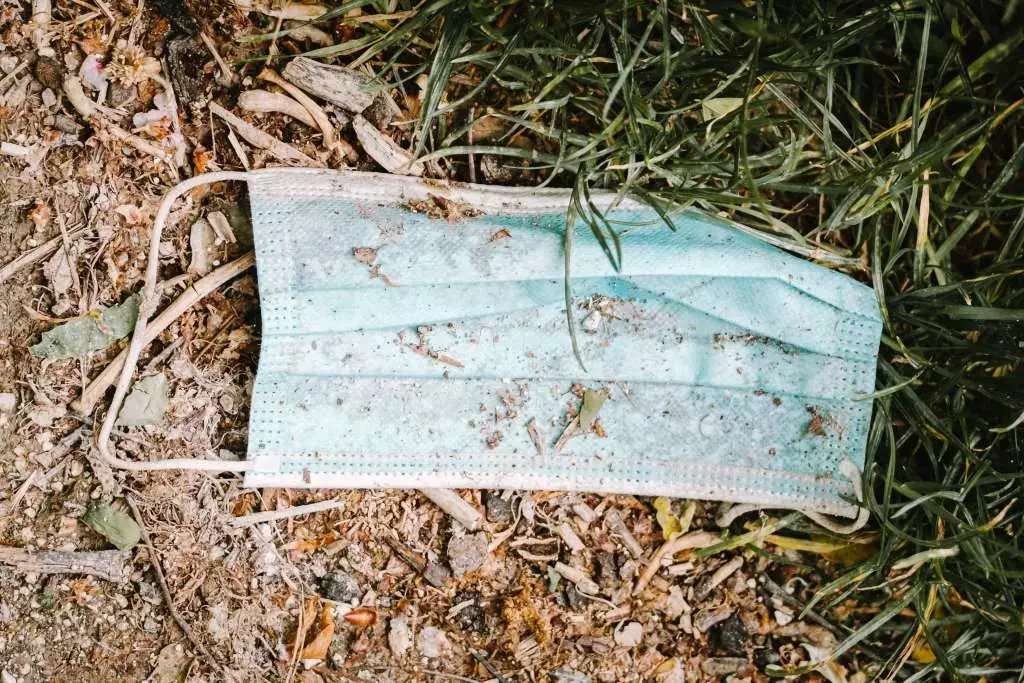In 2020, the whole world is witnessing the disastrous effects of COVID-19. It’s been almost seven months since its first outbreak in Wuhan, China. Up until now, 6,42,751 people have died and 15,943,547 have already been affected and this viral transmission is still going on all over the world. Scientists all over the world are looking for its cure and are trying to develop vaccines but unfortunately, till now there is not any treatment for this deadly viral disease. So, the only way to keep ourselves safe from this virus is to prevent being affected by it. To do so, we all have to follow some basic preventive methods designed and suggested by the World Health Organization (WHO) which includes washing hands with soaps or use alcohol-based sanitizers frequently, maintaining social distance, and wearing masks. As this virus can transmit from one person to another through droplets while sneezing or coughing, thus, wearing a mask has been considered an effective way to prevent spreading this virus. Environmental Pollution is the introduction of contaminants into the natural environment that cause adverse change.

Many countries are making wearing masks mandatory to open up their social life. Like others, in Bangladesh, it has also been made mandatory to wear a mask while going outside to lessen the risk of spreading this virus. Though it is quite normal not to consider the environmental impacts of these masks during this pandemic, however, attention should be given to their impacts on our environment. Otherwise, we might have to deal with this problem in the future.
Every year around 80 million tons of plastics are thrown into our ocean. These facial masks are mainly made of non-woven fabric such as polypropylene. Some other commonly used materials are polystyrene, polycarbonate, polyethylene or polyester, etc. These masks are plastic-based, liquid-resistant products. For this reason, these masks which are eventually deposited in landfills or oceans usually take a very long time to degrade completely after being discarded. As the usage of facial masks increases day by day, if proper steps are not taken, used facial masks can become a potential threat to our environment.
Materials like polystyrene take around 900 years to degrade. Polypropylene takes 20-30 years, polyester takes nearly 20 years, and polyethylene takes several decades to degrade. Moreover, polycarbonate can’t be degraded without a high temperature. So, throwing used facial masks into the ocean or depositing them into landfills will cause environmental pollution. Moreover, used masks can contain communicative disease-causing pathogens which can be harmful. We have already observed microplastics in the bodies of aquatic animals at an alarming rate. Throwing used facial masks can increase this rate and eventually contaminate our food chain.
Before the COVID-19 pandemic, facial masks were mainly used for medical purposes only by medical professionals. Now, as people are using it more for their personal safety and the number will increase after The Government declaration. As considered as medical wastes, used facial masks can’t be recycled traditionally, and now, when they are being used in a large number, the risks of environmental pollution increase day by day. So, a possible alternative to a surgical facial mask is a crying need.
While maintaining social distance, wearing masks give us extra protection. But we need masks while going outside and other necessities. Masks, made of various layers of cotton fabric, can be an alternative sustainable smart solution to our everyday surgical masks. They are reusable after washing them so many times. Also, it lowers the risk of increasing plastic wastes ultimately, the risk of environmental pollution. Lacking ineffective waste management is a major issue in Bangladesh. Due to our negligence still we create a mixture of biodegradable and non-biodegradable wastes. As a result, the recycling of non-biodegradable wastes can’t be done properly. So, it is high time when we should change our behavior. Apart from that, mass people can use separate bags to keep their biodegradable wastes, non-biodegradable wastes like plastics and radiation-emitting products like batteries. Due to cost-effectiveness, separate baskets of different colors, fixed by the authorities, can be used for the same purpose. Developed countries are practicing this for their waste management for a long time. It is high time we should think about this and should start this amazing practice.
Due to the COVID-19 pandemic, common people are becoming more health-conscious which is a good sign. But not giving proper importance to environmental issues can create another problem shortly. Due to public health safety, facial masks can be used for a long time. Instead of using surgical masks, sustainable masks made from cotton fabric can be used while maintaining social distancing. Also, proper waste management should be introduced on an emergency basis. Recycling non-biodegradable wastes will help us to reduce environmental pollution and it will help us economically also. We can’t let plastic wastes destroy our ecosystem and our food chain. As our country is getting ready to explore the economic possibilities of our marine territory, it is our responsibility that we preserve them by not causing any more pollution.
References
1. Center for Devices and Radiological Health. N95 Respirators, Surgical Masks, and Face Masks. https://www.fda.gov/medical-devices/personal-protective-equipment-infection-control/n95-respirators-surgical-masks-and-face-masks.
2. Coronavirus Cases: Worldometer. https://www.worldometers.info/coronavirus/.
3. COVID-19: Unmasking the Environmental Impact: Earth.Org – Past: Present: Future. Earth.Org – Past | Present | Future. (2020, March 23). https://earth.org/covid-19-unmasking-the-environmental-impact/.
4. D. W. Coronavirus plastic waste polluting the environment: DW: 23.04.2020. DW.COM. https://www.dw.com/en/coronavirus-plastic-waste-polluting-the-environment/a-53216807.
Authors:
Sadniman Rahman and Shofiul Alam
Department of Zoology,
University of Dhaka, Dhaka-1000, Bangladesh
